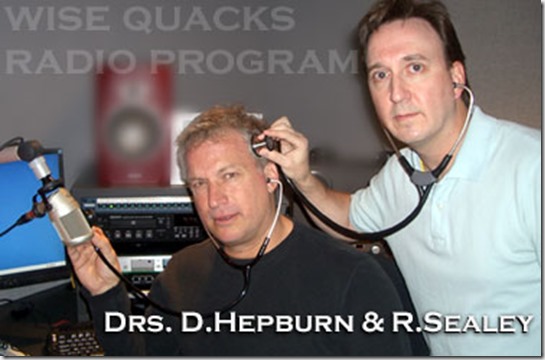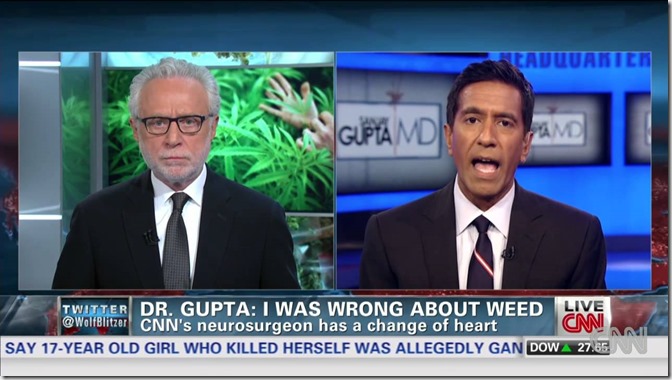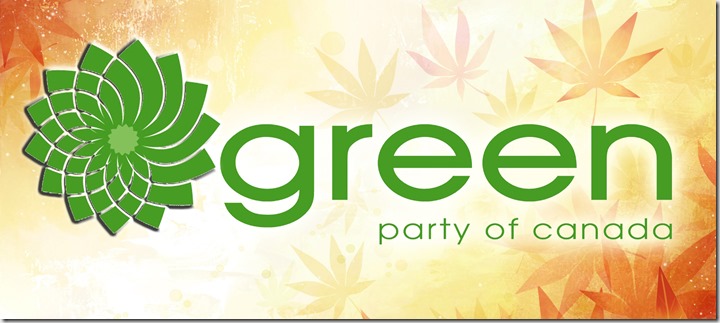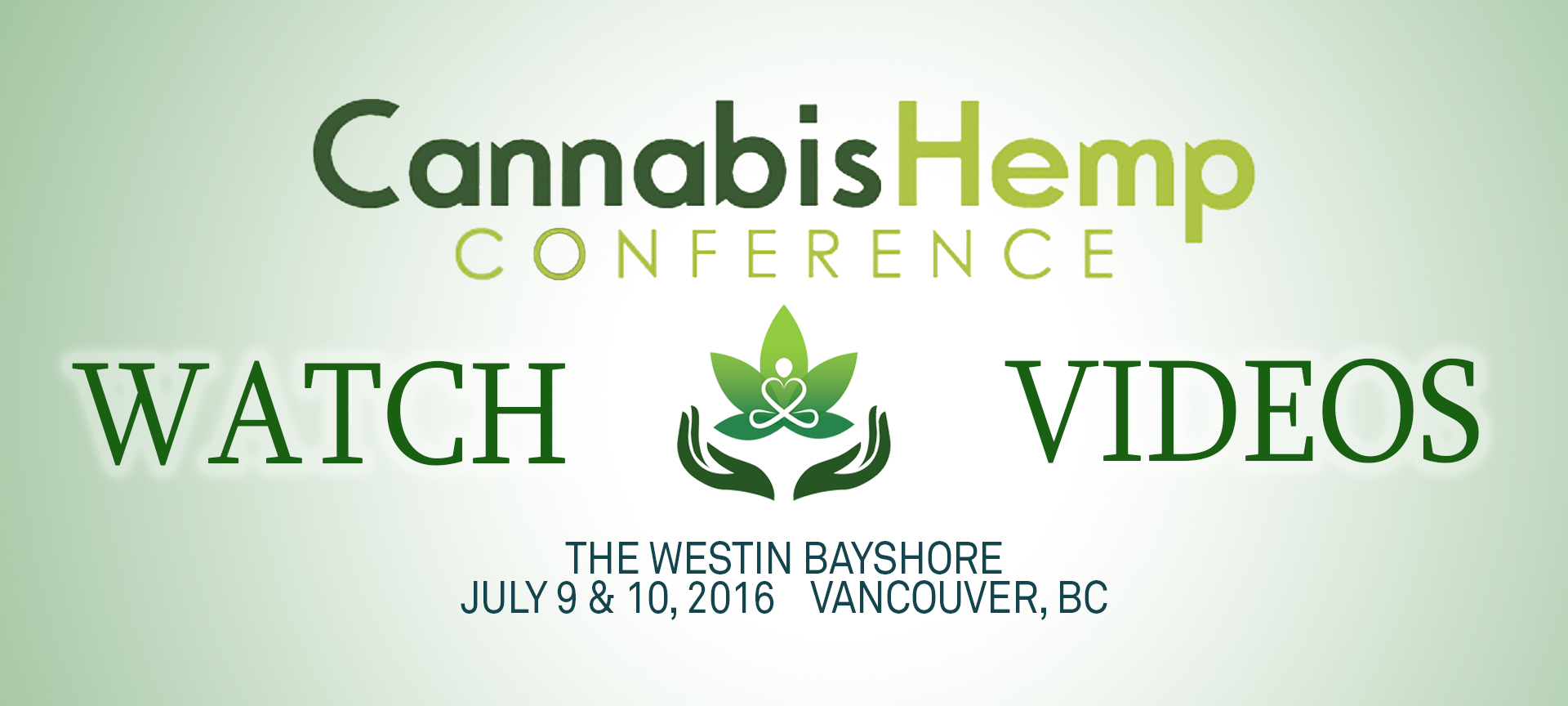In every five years of their professional lives, family physicians and specialists in Canada must complete 250 credit hours of Continuing Medical Education (CME.) To fulfill this requirement they trudge off regularly to lectures, study sessions, and educational conferences. In 2013 it became more likely that they could gain such credits in Canada by attending lectures on medical cannabis. That’s the year that family physicians Dr. David Hepburn and Dr. Robert Sealey of Victoria BC, joined a handful of Canadian doctors—maybe five—accredited to teach the subject.
In Canada authority to teach credit classes is granted by the College of Family Physicians (CFP), under the auspices of the Canadian Medical Association. In 2012, Hepburn and Sealey applied. They sent the College the text, references and accompanying slides for their proposed lectures, and a letter of endorsement from Dr. Pam Squire, a Vancouver pain specialist already accredited. The process was tedious. They communicated with the CFP on and off for about six months, fielding requests for ‘further’ information. It was also capricious. After the doctors got their ‘Okay,’ a gate shut: there is now a moratorium on granting Canadian doctors the right to educate their colleagues on medical marijuana.

Having slipped under the wire, and finding themselves members of an unintentional elite smaller than the bridge crew on the first Starship Enterprise, Hepburn and Sealey proceeded to teach. They are now regularly invited to lecture at doctors’ Journal Clubs and Health Authorities across the province and beyond. In March 2013 Dr. Hepburn spoke at Hempology 101’s UVIC Cannabis Convention. Their short course covers the history of cannabis and its prohibition, the endocannabinoid system, the state of the current research, the conditions that cannabis can treat, and a description of doctors’ options in prescribing. They have thus far addressed around 200 doctors. Response is positive but cautious. Newcomers are seldom willing to try prescribing; they’re more likely to refer patients to Hepburn and Sealy.
But the lectures have an impact. Hepburn and Sealy are known for their lighthearted, comedic approach to medicine on Wisequacks, a weekly radio program heard on Sundays across the US and Canada. Hepburn is also the author of The Doctor is In(sane), a comic romp though the requirements for a long and healthy life. But when family physicians and specialists come to hear them on medical cannabis, they are treated to something more serious. For this topic Hepburn and Sealey avoid the standard puns and jokes, and try rather to set a thought provoking tone for the information they have to offer. In response, Doctors new to the subject have listened, and seem to want to learn enough at least to talk sensibly to patients.
Predictably, doctors arrive at classes with the standard concern: where is the research? Hepburn and Sealey describe some of the well-done, peer-reviewed studies on cannabis in the treatment of multiple sclerosis, chronic pain, fibromyalgia, and other illnesses. They then explain why these are not the double blind studies doctors are used to seeing. A whole plant medicine, as Hepburn puts it to them, lacks the toxicity of refined pharmaceuticals. And cannabis has never caused a death. It makes no sense thus to hold it to pharmaceutical research standards. Sealey points out too that no one is likely any time soon to bankroll double blind studies.
A second concern is THC, which doctors have heard is intoxicating. Some of this concern is allayed when Hepburn and Sealey discuss cannabinoid profiles, how these vary among strains, and how it is possible to hone a desired balance by producing edibles, oils, capsules, and salves. The subject is better understood still when they discuss the entourage effect, the tempering of individual cannabinoid effects through the way they interact with other cannabinoids in the plant.
Yet another concern is access and dosage. In this matter Drs. Hepburn and Sealey are courageously open-minded. They are happy to send patients to local dispensaries, the only places where the derivative medicines—edibles, capsules and salves—can be found. They urge their colleagues to trust the expertise of dispensary staff, and to allow patients to self titrate, to choose a medication level that suits them. Sealy likes to point to a study conducted in a Toronto hospital in the 1970s, where volunteers were asked over several weeks to smoke ever-increasing numbers of joints. At some point they became uncomfortable, and all quit. There is no need, in other words, to panic about overdoses. The doctors’ motto is: “start low and go slow.” Patients who prefer to go to Licensed Producers are urged to use vapourizers, and to find recipes online.
Hepburn and Sealey’s special interest in cannabis medicine dates from 2001, following Health Canada’s introduction of the Medical Marihuana Access Regulations. In that year both began increasingly to hear patients telling them about their experiences with the plant. They helped a few patients with the tedious paper work required in those days for legal access. Both doctors emphasize that to date, education for doctors on this topic has come largely from patients. Patients bring studies and other research to show doctors, and demonstrate concretely that cannabis can alleviate their symptoms. Sealey remembers an early patient who had become ill from the opiates she had been prescribed to treat chronic pain. She had been on disability. When she switched to cannabis, she surprised Sealey by weaning herself off the opiates, and even more by returning to work. He calls such an outcome rare. Perhaps, but just as rare are the doctors who listen.
Currently about 16% of BC doctors are willing to prescribe cannabis. Elsewhere in Canada the percentage is smaller. This status should surprise no one. Doctors work in a contradictory, cannabis-hostile climate. Health Canada dismisses the plant, provides access only because the courts have ordered it, and as of 2013, places the burden for prescribing it on doctors. Naturally it offers no educational support. The Canadian Medical Association doesn’t do much better. This vacuum leaves patients educating themselves and their doctors, a few doctors educating themselves and their peers, and dispensaries educating us all. So to supplement their learning, Hepburn and Sealey have read widely. Hepburn has especially been influenced by Martin A. Lee’s book, Smoke Signals, and Sealey, by the collection of essays in Julie Holland’s, The Pot Book. Hepburn is currently working on a written curriculum to complement his talks.
Most doctors, says Sealy, have learned to be comfortable in the expert’s chair; they have difficulty listening to patients on matters they themselves do not understand. For this reason and others noted earlier, they have avoided the subject of cannabis. It is not unusual for a Victoria doctor to know nothing about the town’s medical marijuana dispensaries. We have to wonder what makes the difference, then, between doctors who hear their patients and educate themselves on this topic, and those who stay in the safety zone. One element may be a modest assessment of standard western medicine. Hepburn and Sealey are comfortable with naturopaths and other alternative practitioners. They have also had contact with other cultures. Both have visited medical practitioners in non-western parts of the world, and have done some thinking about plant medicines. And then there’s the quintessence, I think: they seem blessed with a large supply of curiosity. Hepburn loves the science, and Sealey is pleased to be on the cusp of large historic changes. They’re adventurers.
That said, they are also culturally conservative. Neither doctor favours legalization. Hepburn wants to stick to teaching medicinal use. Sealey seems to feel much the same. Neither cares for cannabis culture. Hepburn identifies it with popular images like those of Cheech and Chong or of Rastafari styles. Doctors, he says, have no desire to join such a culture. He would personally like to see dispensaries adopt a plainer, more clinical appearance. Sealey is inclined, especially for psychological complaints, to exhaust other treatments before turning to cannabis. It has to be said, thus, that between the cultures of Tribe Cannabis and Tribe Sympathetic Docs, there is to date no crossable bridge.
Yet Hepburn and Sealey are well aware of the history of marijuana prohibition, and are critical of it. A popular Zen saying states: Wherever you are, there you are. For right now, this year and this month, this cultural divide is where we are. Hepburn has noted that in Canada, doctors’ attitudes are currently the biggest barrier to medical marijuana. He and Sealey have set out to tackle this barrier. Given how few accredited educators there are in Canada, theirs might be a slow battle If, in this task, a legalization-unfriendly stance is helpful, so be it; their work is crucial.
Meanwhile as barriers come down, such attitudes may relax. It is reasonable to hope that calmer times will set the foundation for a common cultural language. Then again, it is reasonable to expect that when that time comes, not everyone will care to learn it. In the Zen spirit, it is best that we embrace this divide and meditate on it, if only because denial and other forms of intolerance have never worked. Next best is to set our sights on laws that will support a cannabis culture as yet far too little understood, and way too important to ignore. I say: let’s love the good doctors, and then let’s legalize.






